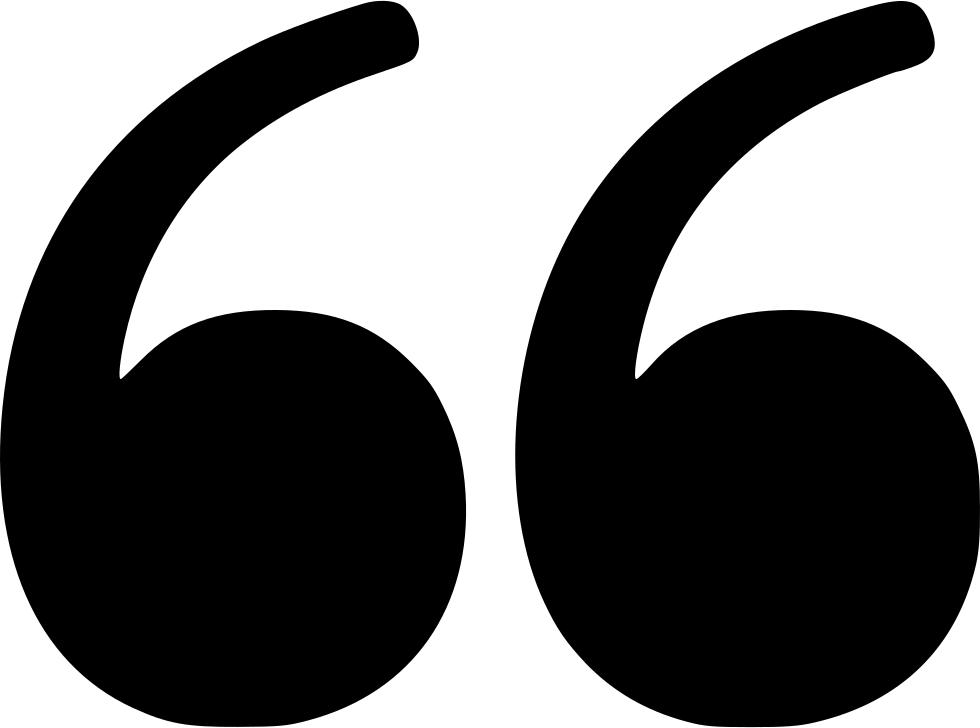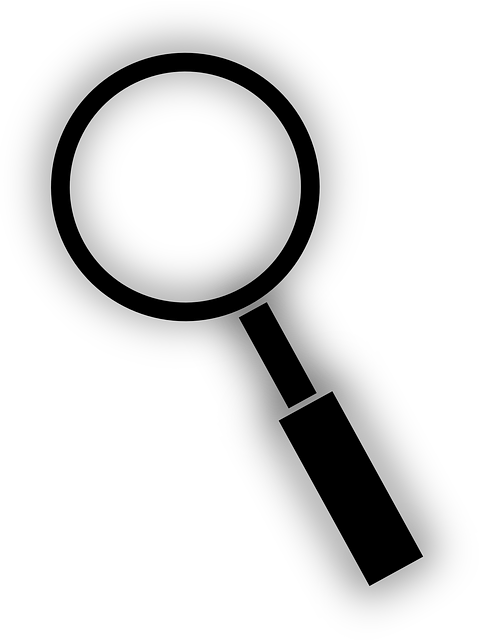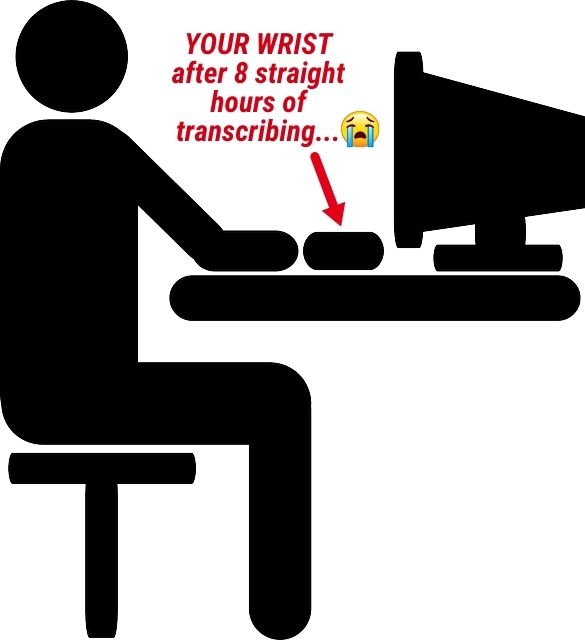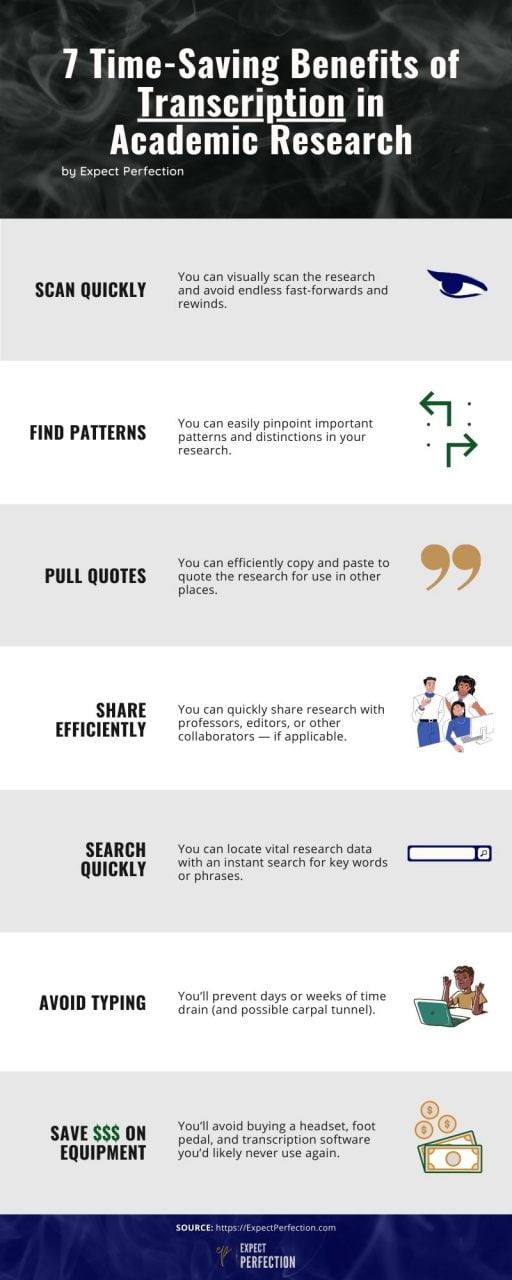1. You can visually scan the research and avoid endless fast-forwards/rewinds.
I’ll be the first to say that I despise online videos and podcasts that don’t offer corresponding transcripts. I’m a speed reader… and I try (in vain) to work online playback media the same way.
What a nightmare.
Skipping back and forth in audio playback guarantees I’ll miss something vital. And I often find that I waste more time trying to skip through what I find extraneous than if I’d just listened to it all the way through.
Then begrudgingly… defeated… I end up picking up at the same audio point where I started, so I can fully understand the discussion.

Sound familiar?
I was afraid of that.
Fortunately, you can avoid this unfortunate situation by using research transcription services.
2. You can easily pinpoint important patterns and distinctions in your research.

Sometimes, you find that interviewees share quite similar opinions and experiences.
It’s easy and efficient to analyze “Question #3” across 10 transcribed interviews to identify those similarities and differing opinions.
Trying to interpret scribbled (or typo’d) notes to establish patterns between respondents is a hassle easily avoidable by using transcripts of your research.
3. You can efficiently quote the research for use in other places.

Whether you’re using research in dissertations, theses or lectures, or pulling quotes for intranets or any other medium… quotes can be copied and pasted easily from a typed research transcript.
4. You can quickly share research with the team — if applicable.

Although a lot of academic research is done independently, just as much of it requires help from an overseer, editor, or other collaborator.
Written transcripts make it a cakewalk to share some or all of your findings.
5. You can locate vital research data with an instantaneous search.

“Didn’t Respondent ‘Maxine’ experience similar workplace discrimination as Respondent ‘Jonathan’ at Acme Corp?”
Maybe.
Or maybe not.
Regardless, no need to trek to your office or briefcase with hopes of resurfacing scribbled notes from a messy pile of paperwork. (Or a neat stack, depending on your stilo.)
With academic research transcription, you’re empowered to simply… search your digital transcripts for a few keywords or phrases, saving potentially hours of valuable data analysis time.
Boom.
6. You’ll prevent days or weeks of time drain (and possible carpal tunnel).

Speaking of saving hours, while we at Expect Perfection generally avoid discussing the “typical”… did you know the typical conversation rate for English speakers is between 150 to 200 words per minute?
Consider that the typical typing words-per-minute for the average student or office professional is just 33 to 34 WPM, and you begin to see the issue.
Even if you type as quickly as a pro typist (~52 WPM), it would still take a minimum of three hours to transcribe one hour of audio.
And really, that’s extremely generous.
Even the most highly skilled transcriptionists struggle to maintain that ratio due to background noise, speaker cultural differences, varying speech rates, topic, and a host of other variables.
You’re an academic researcher, not a secretary.
Let the Research Transcription specialists handle your transcription, and save your wrists (and hearing… and sanity).
7. You’ll avoid buying equipment you’d likely never use again.

Remember those transcription specialists I mentioned?
To produce supremely accurate academic transcription, they require pro-quality equipment.
Top notch headphones — designed for speech, not music — and a quality foot pedal allowing them to quickly fast-forward and rewind hundreds of times during transcript production are standard.
These tools are so important that all of our transcription applicants are screened to ensure quality equipment before they can test to apply.
So save your money on the equipment you’d need to ensure accuracy, and put it toward outsourcing it to research transcription specialists.
As you’ve seen, the potential benefits of transcription in academic research are numerous.
Ready to be more efficient in your research and analysis?
Review transcription rates, including special pricing for academia,
change agents, and marginalized professionals below.
(or get a FREE trial transcript for your organization!)


Leave A Comment